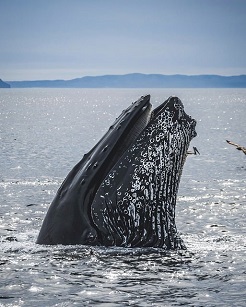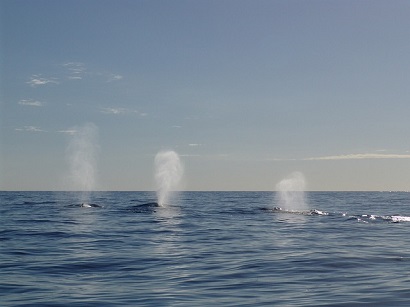Song of Songs
Music · Nature soundsTaking Notes
RESEARCHERS FIND WHALE SONGS ARE LIKE HUMAN LANGUAGE

A new study, published in February 2025, has revealed an unexpected similarity between human and humpback whale vocalizations in that their songs have a statistical structure similar to that of human language.
Already known for using their tails and fins to loudly slap the surface of the water to communicate non-verbally, and their complex acoustic melodies, which can travel thousands of miles and are 'copied' and added to, by other males, this new study, led by whale biologist Ellen Garland and her team at the University of St Andrews, used research on human infants learning to speak, to compare with the whales cultural learning through song.
They discovered human infants have an ability to learn to discern individual words by listening and detecting statistical patterns of where one word ends and another begins. So, even though humans can only hear part of whale songs (not the lower frequencies), the scientists' segmented recordings of 8 years' worth of whale songs and, using the same research technique, their findings showed that whale song structure patterns works in the same way.
This hasn't been noticed in animals before with scientists thinking it was unique to humans but is another step in learning more about how other animals communicate with each other.
